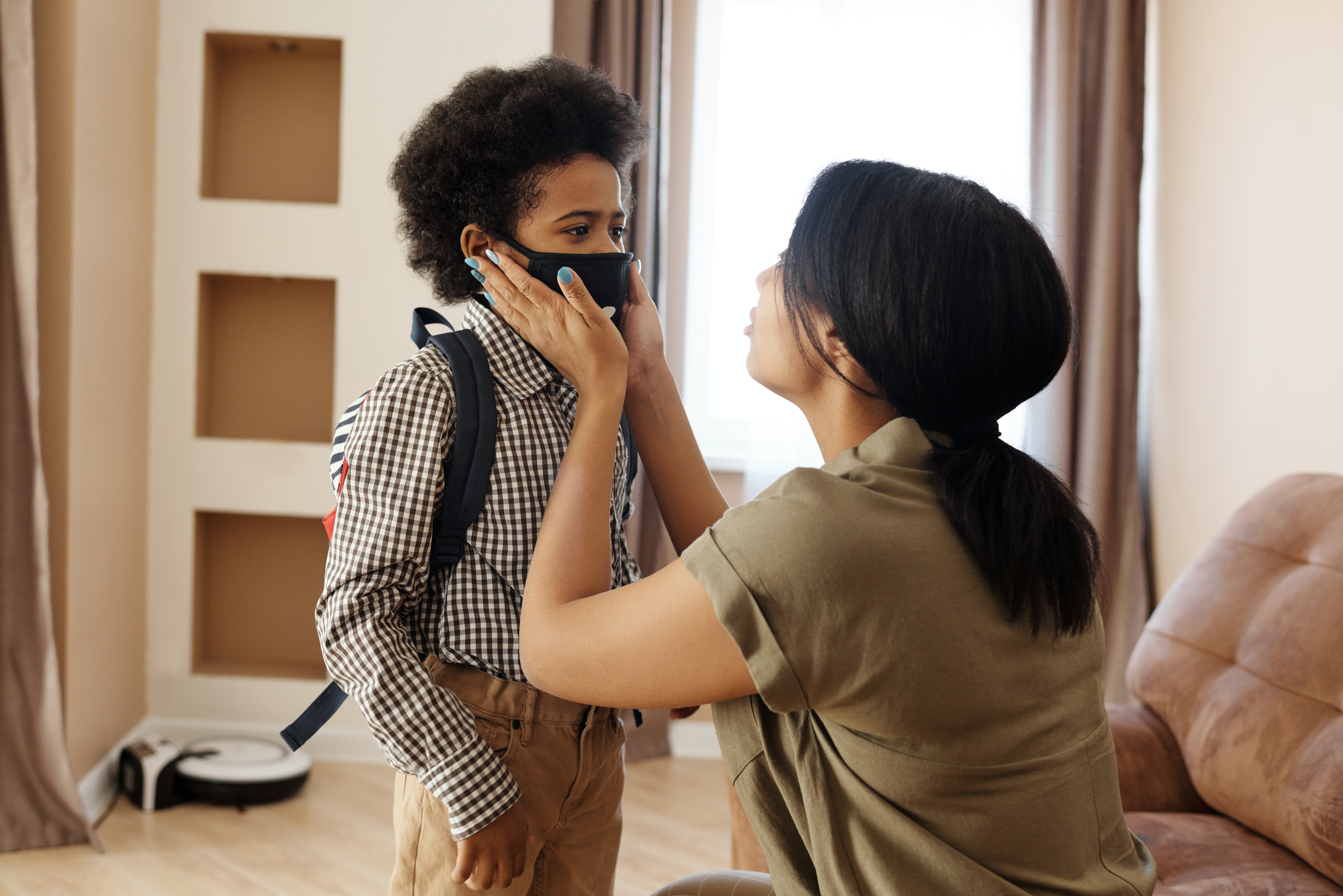
I’m guessing you have more than one, probably hundreds of little stories about things that happened to you during the pandemic. The first time you heard the word “COVID”. The time you realized it was going to hit the US and hit us big. The day stay-at-home orders were issued where you live.
I have started to hear these stories pop up in conversations more and more. It makes sense. This is the first time we are approaching the anniversary of the shutdown with the crisis largely behind us.
We are the survivors. We have lived through a long and drawn-out crisis and now that we are out on the other end, our brains are trying to make sense of the experience.
Stories are how we do that.
Stories have an important role to play in trauma prevention and recovery. To understand why, it is important we need to know a few things about trauma.
First of all, trauma is not an event but a response to an event. This response includes the failure of our brains to properly code something as a past event.
As my friend and colleague Karen Pernet once explained to me, “When trauma occurs, the past is happening in the present and there is no future.”
That is why the smallest reminder of an event or “trigger” can send us back into re-experiencing the event as if it were happening now with all the emotional turmoil that comes with it.
Stories have an important role to play in preventing or recovering from trauma by helping our brains code the event as a past experience.
For stories to play this role well, they need to have a beginning, a middle, and an end. The end should return the teller and the listener to safety, maybe even to the current moment.
Here’s an example:
A few weeks into the shut down I called my sister. (Beginning, sets the scene) We were talking about the frustration, confusion, and isolation we were experiencing with this sudden change that was now going on longer than we were told to expect. “You know”, she said, “I don’t think we’re even halfway through this yet.” (Middle, explores an event or conflict and all the feelings that come with it). Now when I think back on this, I laugh. Wow, that was the understatement of the century. (Ending brings me out of that moment of despair and back into the current moment).
So tell your stories. The good ones, the funny ones, the hard and scary ones.
Ask your children to tell their stories. Be a good listener. Feel all the feelings that come up with these stories. Then return yourself and your story partners to the current moment or the moment when that crisis felt over and a sense of safety returned.
You will be printing trauma in two important ways: connecting with the people around you and returning the past to the past, being in the present, and making room future.
Pandemic recovery will be a complex and multi-layered process for most of us. If your child or family needs support click here.
If your school needs support click here.

Want to read more like this?
Get notified when we post more helpful articles!